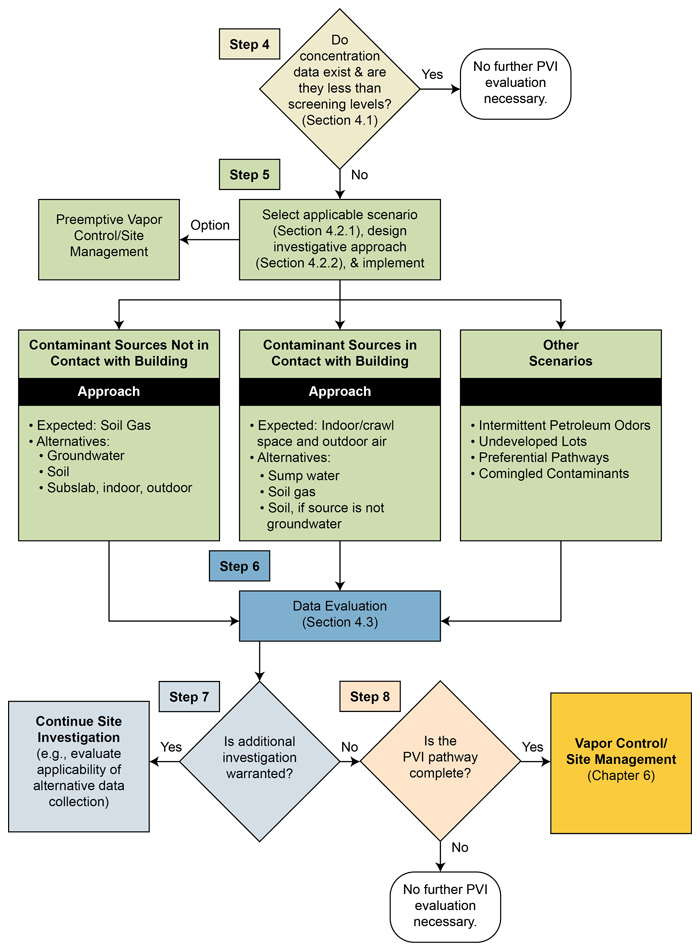Welcome to the exploration of the vital world of preliminary site investigation – a critical step in the evaluation and understanding of any piece of land before significant development or construction takes place. As we delve into this topic, we uncover the intricate processes and methodologies involved in determining the suitability and potential challenges of a site. By conducting a comprehensive preliminary site investigation, stakeholders arm themselves with valuable insights that can make or break a project’s success. Let’s embark on this journey to unveil the secrets lying beneath the surface and appreciate the art behind this essential practice.
Types of Preliminary Site Investigation
Soil Testing:
Determining the composition and properties of the soil is essential in preliminary site investigations. Through soil testing, engineers can evaluate factors such as bearing capacity, soil stability, and potential for erosion, which are crucial for planning construction projects effectively.
Groundwater Assessment:
Investigating the water table and assessing groundwater conditions is another key aspect of preliminary site investigation. Understanding the groundwater levels and flow directions is vital for designing proper drainage systems and preventing water-related issues during construction. This information also helps in determining the feasibility of excavation and foundation design.
Environmental Impact Analysis:
Conducting an environmental impact analysis during preliminary site investigation allows for identifying any potential environmental hazards or constraints that may impact the construction project. This includes assessing factors such as the presence of hazardous materials, protected species, or sensitive habitats that need to be accounted for in the planning process.
Importance of Preliminary Site Investigation
Preliminary site investigation is crucial in any construction project. environmental consultants It helps to identify potential challenges and opportunities early on, allowing for better planning and decision-making. By conducting a thorough preliminary site investigation, project managers can minimize risks and avoid costly surprises during the later stages of construction.
Furthermore, preliminary site investigation plays a key role in ensuring compliance with regulations and environmental standards. By examining the site’s characteristics and conditions, such as soil composition and drainage patterns, project teams can develop strategies to mitigate potential environmental impacts and ensure the project is carried out in a sustainable manner.
Moreover, preliminary site investigation helps to optimize resource allocation and streamline construction processes. By gathering essential information about the site upfront, project managers can better estimate project timelines, budget requirements, and resource needs. This proactive approach can lead to more efficient project execution and successful outcomes in the long run.
Methods for Conducting Preliminary Site Investigation
One commonly used method for conducting a preliminary site investigation is through visual surveys. This involves physically walking the site to visually inspect the surroundings and identify any potential issues or anomalies. By observing the site firsthand, investigators can gather valuable information that may not be apparent through other means.

Another method is the use of geophysical surveys, which employ various techniques to analyze the subsurface conditions of a site without the need for extensive excavation. This can include ground-penetrating radar, electromagnetic surveys, or seismic methods. These surveys help detect underground utilities, soil composition, and potential contamination, providing crucial data for decision-making during the preliminary investigation phase.
Furthermore, soil sampling and analysis is a key method in preliminary site investigation. By collecting soil samples from different locations on the site and analyzing them for contaminants or other substances, investigators can assess the environmental quality of the site. This method helps in understanding the potential risks and challenges associated with the site, aiding in the development of effective strategies for further investigation and remediation.